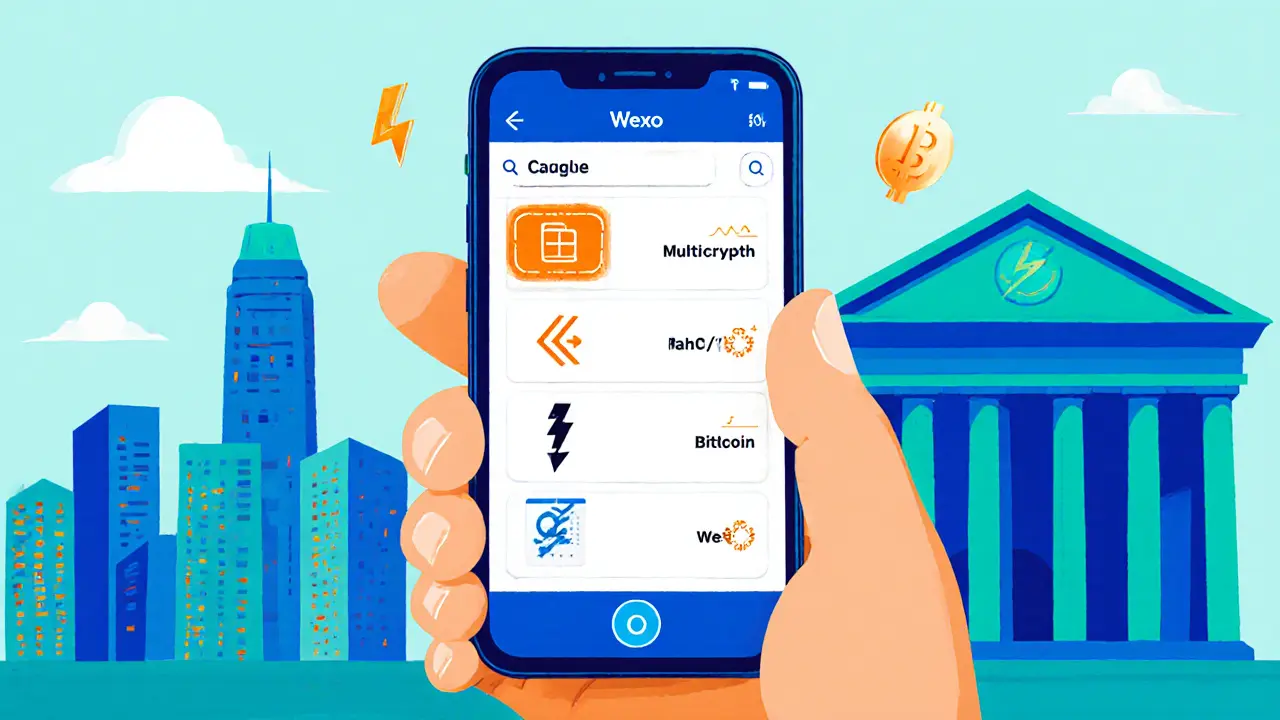Bitcoin Lightning: Fast, Low‑Cost Bitcoin Payments
When working with Bitcoin Lightning, the off‑chain protocol that lets Bitcoin move instantly with tiny fees, you’re tapping into a Lightning Network, a layer‑2 scaling solution built on top of Bitcoin. This network enables micropayments, tiny transactions under a cent that would be impractical on the base chain and powers Lightning wallets, software that manage payment channels for users. In simple terms, Bitcoin Lightning connects Bitcoin to faster, cheaper use cases, requires channel funding, and opens doors for new business models like pay‑per‑minute services.
Why the Lightning Layer Matters
The core idea is that the Lightning Network acts as a settlement layer for multiple off‑chain transactions, then collapses them into a single on‑chain record. That design reduces congestion, cuts fees, and makes Bitcoin viable for everyday purchases. It also empowers developers to build apps that need instant confirmation – think gaming, streaming, or IoT devices. Because the network is built on Bitcoin, it inherits Bitcoin’s security while offering a scalable experience that traditional blockchains struggle to provide.
Our collection below dives into everything from how to open and close channels, to the best Lightning wallets for mobile or desktop, to real‑world case studies where merchants accept Lightning payments. You’ll also find guides on troubleshooting common issues, comparing Lightning‑enabled exchanges, and understanding the risks of routing failures. Whether you’re a beginner curious about instant Bitcoin payments or a seasoned trader looking to lower transaction costs, the articles ahead give you practical steps and deeper insight into the Bitcoin Lightning ecosystem.
Wexo (WEXO) Crypto Coin Explained - Features, Tokenomics & How to Use
Discover what Wexo (WEXO) crypto coin is, its wallet features, tokenomics, cashback system, and how to use it for payments and investing.





